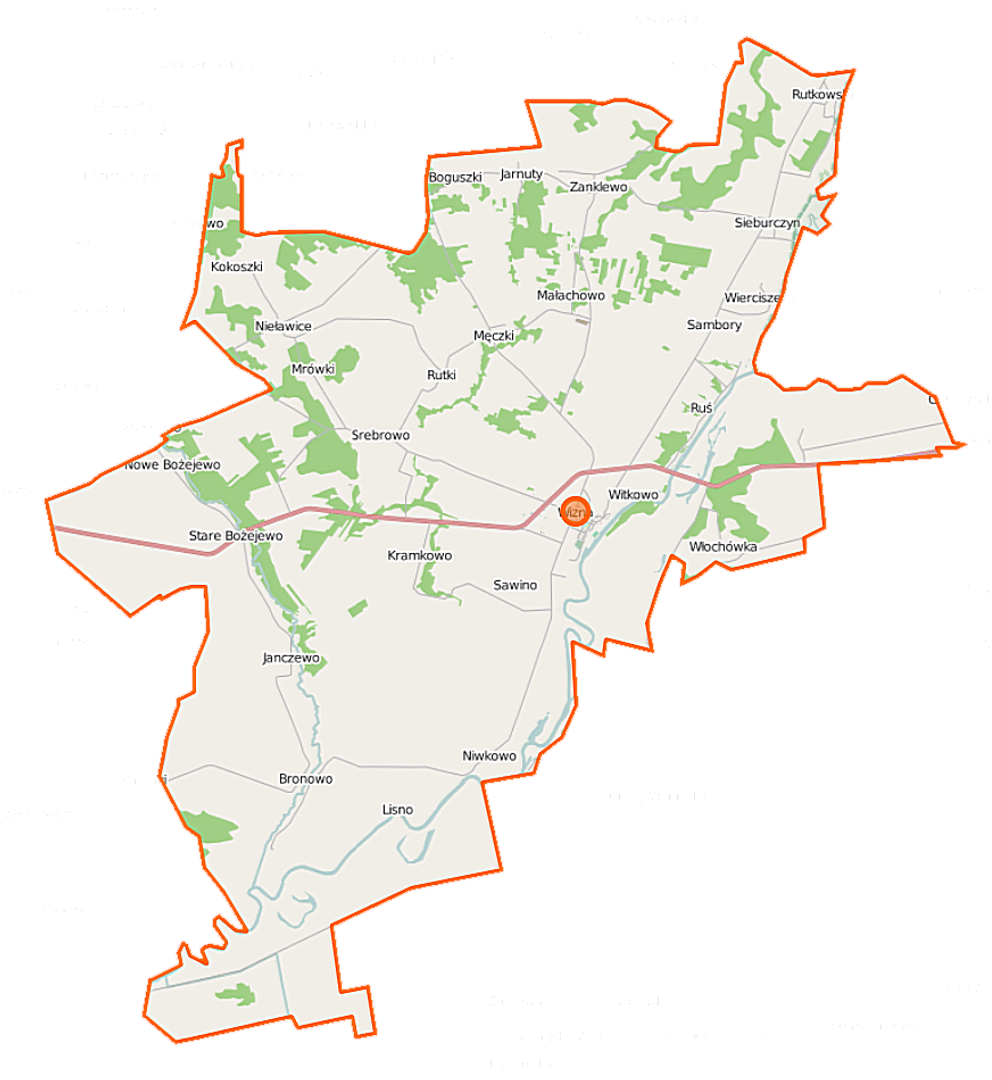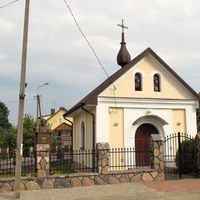Wizna
6.27

Overview
The municipality of Wizna, located in the Podlaskie Voivodeship within the Łomża County, stands out for its rich history and diverse demographic structure. The administrative seat of the municipality is the town of Wizna, which until 1954 was known as the municipality of Bożejewo. The municipality covers an area of 133.05 km², of which 82% is agricultural land and 10% is covered by forests. Wizna constitutes 9.83% of the area of Łomża County and, according to data from the end of 2014, was inhabited by 4,165 people. It is worth noting the diverse age pyramid of its residents, which reflects the demographic dynamics of the area. The municipality consists of numerous village administrative units, such as Boguszki, Bronowo, Jarnuty, and Wizna (divided into Wizna I and II), and also includes non-administrative villages, including Lisno and Rusiniec. Due to its location, Wizna borders several municipalities, including Jedwabne and Piątnica. The history of the municipality dates back to the Middle Ages, when this area played a key strategic role, especially in the context of military actions during the partitions of Poland. Wizna is known for the battle that took place there in 1939 during World War II, which is part of its historical heritage. The municipality has also preserved regional and cultural traditions, which are an important element of local identity. Interestingly, the municipality is the site of many local cultural events that attract both residents and tourists. In community work, residents are involved in the development of the local environment, which fosters integration and the revitalization of local culture. Wizna is an area that combines the past with modernity, drawing attention with its history, natural diversity, and the engagement of the local community.
Location
You can also find here:
2025 Wizytor | All Rights Reserved
